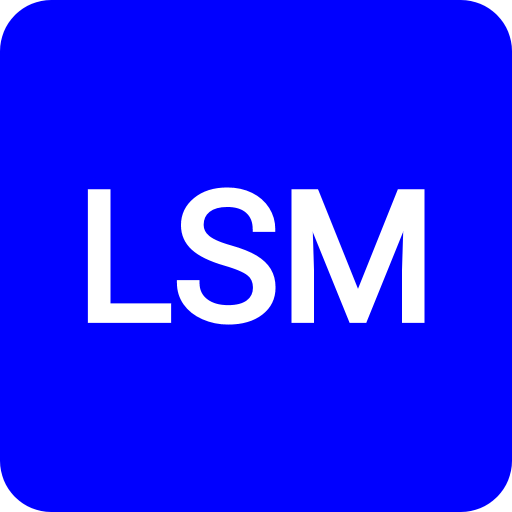Try to read the sentence written after this statement - “youwillpasscisspexamifyoustudyhard”. Clearly, you need to focus on the letters and your mind will try to discern the different words for you. Similarly, if I speak to you without pausing, it would again be difficult for you to discern and understand what I am communicating. So irrespective of the way we communicate – verbal or written, we need to follow certain grammatical rules so that the other party is able to clearly discern and understand what is being said. These grammatical rules for the written language include punctuation symbols such as commas, semicolons, spaces, etc. while for verbal communication we use various aspects such as pausing, hand gestures, and tones.
In a similar manner, technological communication protocols also have their own grammar and synchronization rules when it comes to the transmission of data. We have two kinds of transmission ways – Synchronous & Asynchronous. Both of them utilize aspects similar to verbal and written communication.
Asynchronous transmission utilizes bits for starting and pausing the transmission. If two systems are communicating over a network protocol that employs asynchronous timing, then “start” and “stop” bits are used. The sending system sends a “start” bit, then sends its character, and then sends a “stop” bit. This happens for the whole message. The receiving system knows when a character is starting and stopping; thus, it knows how to interpret each character of the message. It is similar to how we communicate in a written letter – I will insert spaces, commas, full stops, etc. to indicate the “start”, “pause” or the “end” of the letter.
Just like when we speak verbally, we do not explicitly say “Pause” or “Stop” or “Start” to indicate the beginning or an end of a conversation, in a similar manner, the synchronous transmission does not employ any explicit “start” or “stop” bits to indicate the beginning or the end of any transmission. If two systems are going to communicate using synchronous transmission technology, they do not use start and stop bits, but the synchronization of the transfer of data takes place through a timing sequence, which is initiated by a clock pulse. So, synchronous communication protocols transfer data as a stream of bits instead of framing them in the start and stop bits. The synchronization can happen between two systems using a clocking mechanism, or a signal can be encoded into the data stream to let the receiver synchronize with the sender of the message. This synchronization needs to take place before the first message is sent.
In simple terms, asynchronous transmission is like communication that happens on the satellite phone where the sender and receiver both say “Over” to indicate that they have sent the message while the synchronous transmission is like normal communication that is done where our pauses at specific intervals indicate the start and the end of transmission.
Now, having understood this, a question would pop up in your mind. What is the use of this transmission technique? In today’s digital age where everything is just data that needs to be sent across, there must be rules that govern this transmission. In addition to the rules, the two systems must agree on a way to receive and process data. Synchronous transmission is utilized where we have a predictable data stream (such as Netflix streaming) while Asynchronous transmission is utilized where an unpredictable amount of data can be sent across (Internet connections, torrent downloads).
Ultimately, it’s all about timing.



Comments ()